Sourwood Tree (Oxydendrum Arboreum) – 3 Pack Of 1.5 Quart Pots
$59.97 Original price was: $59.97.$41.98Current price is: $41.98.
SKU: D2LSC 4021023835 Category: TREES
- Buy quality, buy with us.
- Your Security is Our Promise
- Sustainable materials, for a better tomorrow.
- SSL encryption, absolutely safe shopping

Sourwood Tree
Oxydenrum arboreum
Plant Details
USDA Plant Hardiness Zones: 5a-9b Find Your Zone
Shrub Type: Deciduous Flowering Tree
Height at Maturity: 20-25′
Width at Maturity: 10-20′
Spacing: 22 feet for space between trees
Growth Habit / Form: Upright, Narrow, Oblong
Growth Rate: Slow to Moderate
Flower Color: White
Flower Size: .5″
Flowering Period: Late Spring to Mid Summer
Flower Type: Single
Fragrant Flowers: Yes
Foliage Color: Green, Scarlet Red, Purple, and/or Orange in fall!
Fragrant Foliage: No
Berries: Yes, Capsules
Berry Color: Cream fading to Grey in Winter
Sun Needs: Full to Mostly Sun, Morning Sun With Afternoon Shade, Morning Shade with Afternoon Sun, Filtered Sun
Water Needs: Average
Soil Type: Clay, Loam, Sandy(amended), Silty
Soil Moisture / Drainage: Moist But Well-Drained
Soil pH: 4.0 – 6.5 (Acid to Slightly Acid)
Maintenance / Care: Low
Attracts: Visual Attention, Bees, Birds
Resistances: Deer, Disease, Insect
Description
From its graceful form, to sweet fragrance, truly outstanding foliage and flower color and ease of growing, the North American native Sourwood Tree, also commonly called the Sorrel Tree, is one of those best kept secrets. Maybe it’s the name, which refers to its sour leaves when chewed? But you don’t have to chew them…and the deer won’t either! We don’t really know why this tree hasn’t caught on over time like some other less-desirable trees have, however, what we do know is that this magnificent tree deserves a spot in every landscape where it will grow (USDA Zones 5a to 9b).
Truly a tree with 4-season appeal, the Sourwood has lovely, lily-of-the-valley-like flowers and long-lasting fall foliage color that rivals the best of the hybrid red maples. In late spring to mid-summer, the fragrant, bell-shaped, white flowers bloom on graceful, drooping, 8-inch long panicles (clusters). The flowers are followed by attractive capsules that hang around to contrast beautifully with the brilliant scarlet-red to purple leaves in fall. These capsules persist throughout the cool season providing continued interest in the winter landscape.
Special Note: You might’ve heard of Sourwood Honey? If so, you guessed it, the Sourwood tree is the source for this highly-prized honey. The flowers of the Sourwood tree are quite attractive to honey bees…the pollinators – not the guard bees!
An easy-to-grow North American native tree Oxydendrum arboreum, commonly called sourwood or sorrel tree, is a deciduous understory tree that is native to the eastern United States from Pennsylvania south to Florida and Louisiana. It is perhaps most commonly found on rocky wooded slopes in the Appalachian Mountains, often growing in combination with other heath family members (e.g., azaleas and rhododendrons) that share the same acidic soil preferences. In cultivation, it typically grows 20-25’ tall with a straight, slender trunk and narrow oblong crown. In the wild, it may reach 50-60’ tall. Gray bark on mature trees is fissured, ridged and scaly. Finely-toothed, glossy green leaves (to 5-8” long) are reminiscent of peach. Leaves have a sour taste, hence the common name. Leaves produce consistently excellent fall color, typically turning crimson red. Waxy, lily-of-the-valley-like, white flowers bloom on slender, drooping, one-sided terminal panicles (4-8” long) in early summer. Flowers have a slight fragrance. Flower panicle stems remains in place as the flowers give way to 5-parted dry capsules that ripen to silver-gray in September. Capsules contrast well with the red fall color and provide continuing ornamental interest after leaf drop into winter. Flowers are quite attractive to bees. Sourwood honey is a highly prized local product.
Landscape & Garden Uses
Growing 20 to 25 feet tall and 10 to 20 feet wide with a narrow oblong crown, the Sourwood Tree is ideal for use as a specimen in landscape borders or to frame the corners of homes and other structures. In larger landscape spaces it can be planted in groupings and is a fine addition to sunny to partially shaded woodland birders. It is a fine addition to pollinator and wildlife gardens, North American native plant garden and cottage gardens.
Suggested Spacing: 22 feet for space between trees
Growing Preferences
The Sourwood Tree grows best in a moist but well-drained acidic soil that is rich in organic matter and full sun to part shade. A must-have native in every garden where it will grow!
Note: Find helpful advice from our experts under the Planting & Care tab above on desktop screens and below on mobile phones.
Plant Long & Prosper!
Meet The Wilson Brothers & Staff
Questions? Contact Us
Be the first to review “Sourwood Tree (Oxydendrum Arboreum) – 3 Pack Of 1.5 Quart Pots” Cancel reply
Related products
Sale!
Sale!
Sale!
Sale!
Sale!
Sale!
Sale!
Sale!

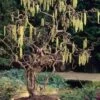





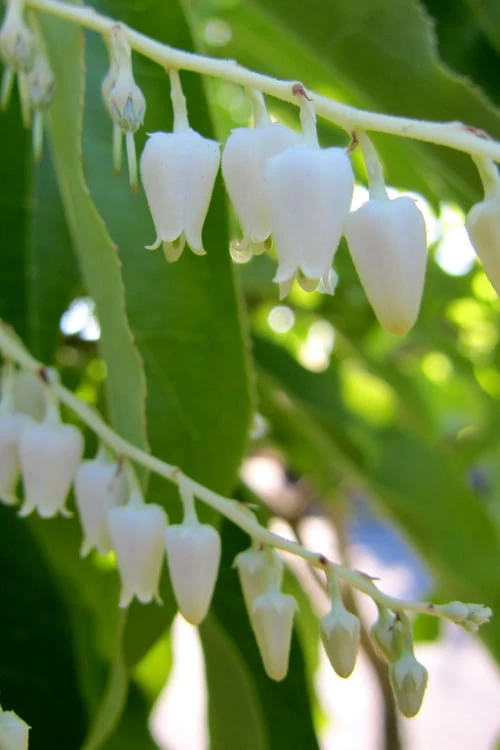
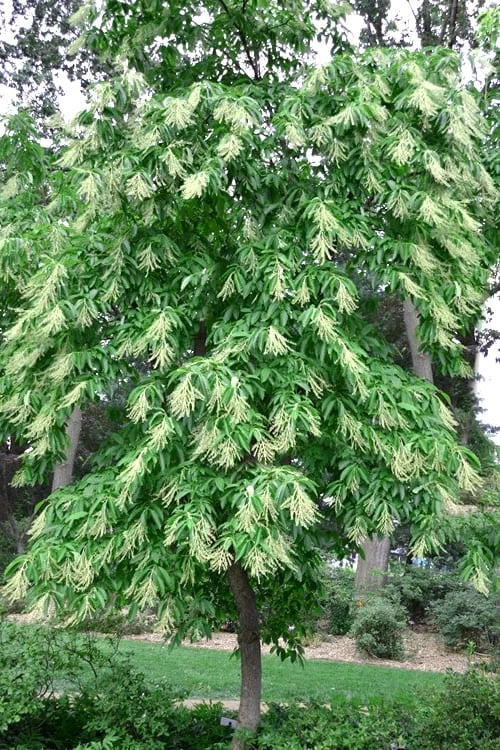

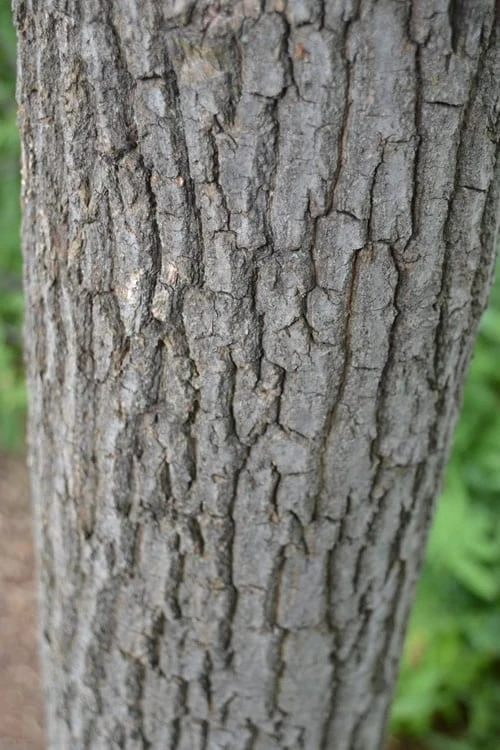
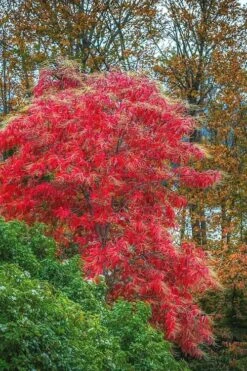


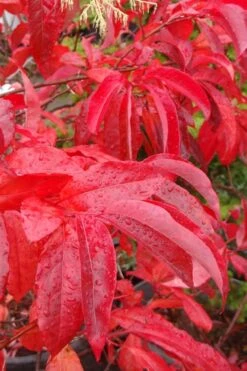
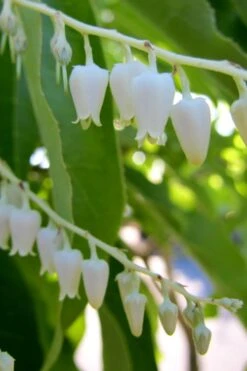

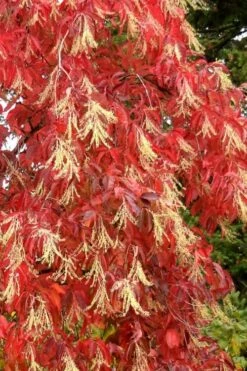
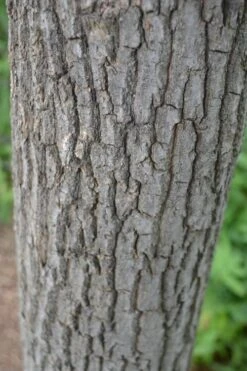
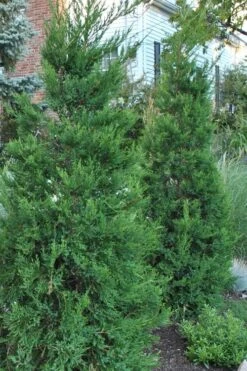

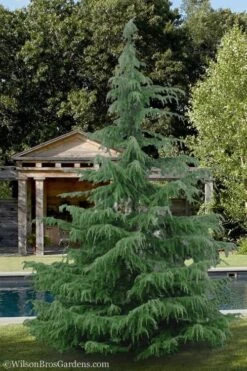

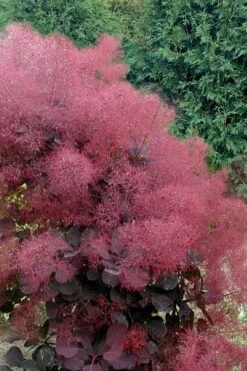





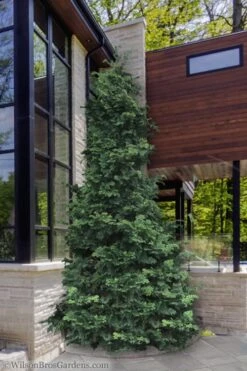

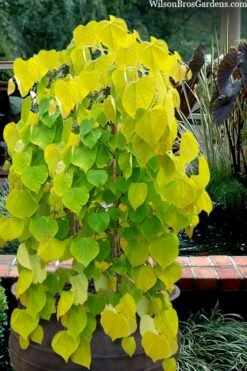

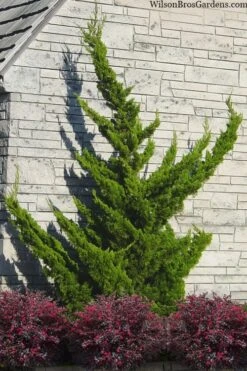

Reviews
There are no reviews yet.